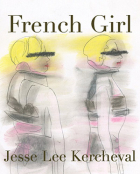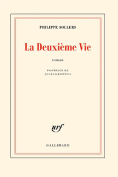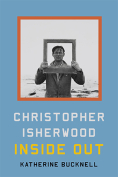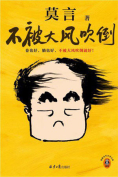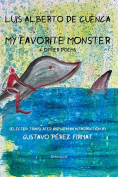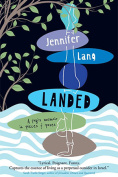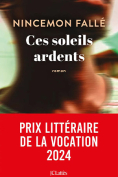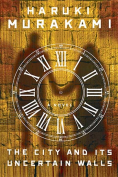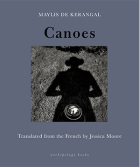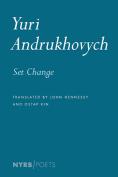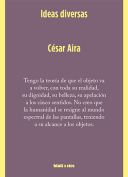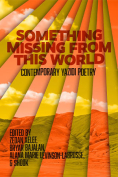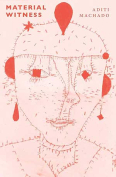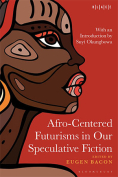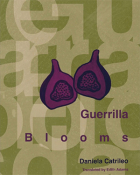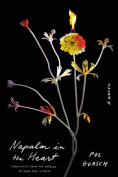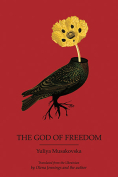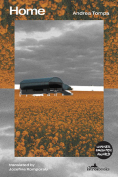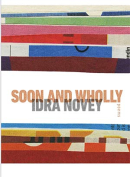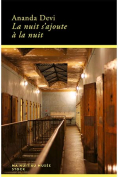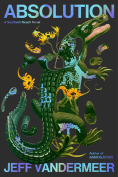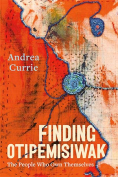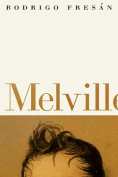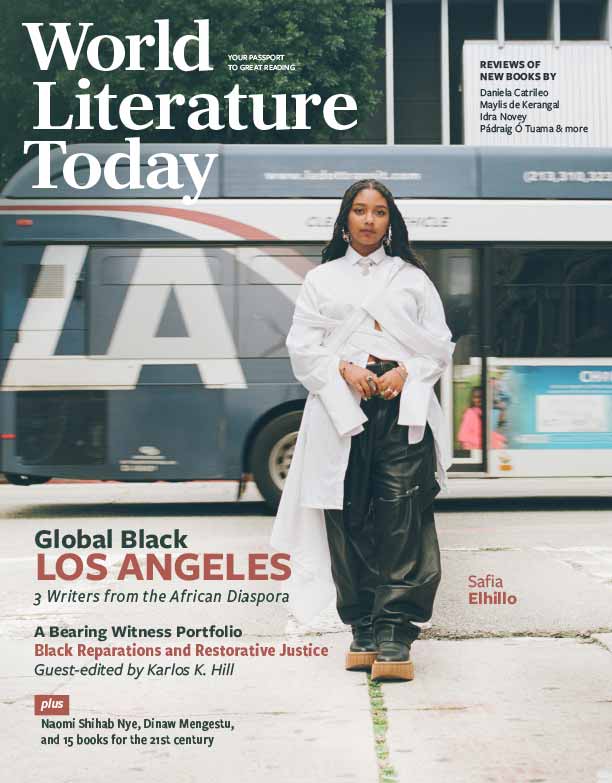In and Out of Place: Mexico / Performance / Writing by Gabrielle Civil
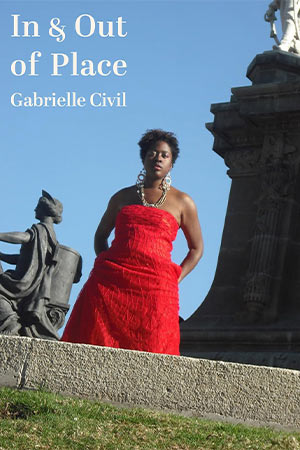
Huntsville, Texas. Texas Review Press. 2024. 325 pages.
“Pour the rose petals / draw close and cosmic / move with me,” concludes a poem inviting artist Ponce to participate in one of Gabrielle Civil’s performances in Mexico City within the context of being a Fullbright–Garcia Robles fellow, but it might as well be an invitation to the reader to In and Out of Place. This book is many things: an experimental artist’s book, a reflection on being in a foreign place, an exercise in community-building in art-making, and a performance of (dis)location and (re)visits. It is a text that defies the textual, while compiling performance pieces that are suffused with it. An integral part of these pieces are texts by other people, conversations that are repeated again and again like the question “¿de donde eres?” and misunderstood Spanish. How can a body attempt translation? How can a text be made a performance and vice versa? How can an artist find herself in and out of place?
Civil asks and surrounds these questions with scores, notebooks, letters, conversations, and a reverence for silence that allows the poetic to enter. It has been about ten years since she was in Mexico City. Still, now, the performances and time she spent there feel prolific and ever-present. “Performance, we discuss, is both deeply universal and deeply culturally specific,” she reflects upon an exercise she was forced to do for a performance workshop (taller, which sounds like tie air) while in Mexico, that she felt was harmful in the way it engaged with anger. It is in these misunderstandings that one finds what is assumed to be in context, what can be taken out of context, and how important contextualization is for any art form.
Cultural context is not just a backdrop for art but the space that creates the performance itself. Building a community for art-making, Civil shows us, is indispensable. Among the many people she collaborates with during her time in Mexico are Gustavo Villeda, whose paintings we get to see throughout; Ponce, an illustrator and designer who performs with Gabrielle and makes a comic strip about the experience; Sergio Peña, who writes reviews about her many performances, and many others. The reader gets to see what no performance art audience can: how the artist got there, who helped them, what trace they left. Which is, after all, how anything can take place. How can one open up space even through the misunderstandings of not being from a place? How can one create art in communion with confusion, misapprehension, fear?
Julia Saenz-Lorduy
Bogotá, Colombia
